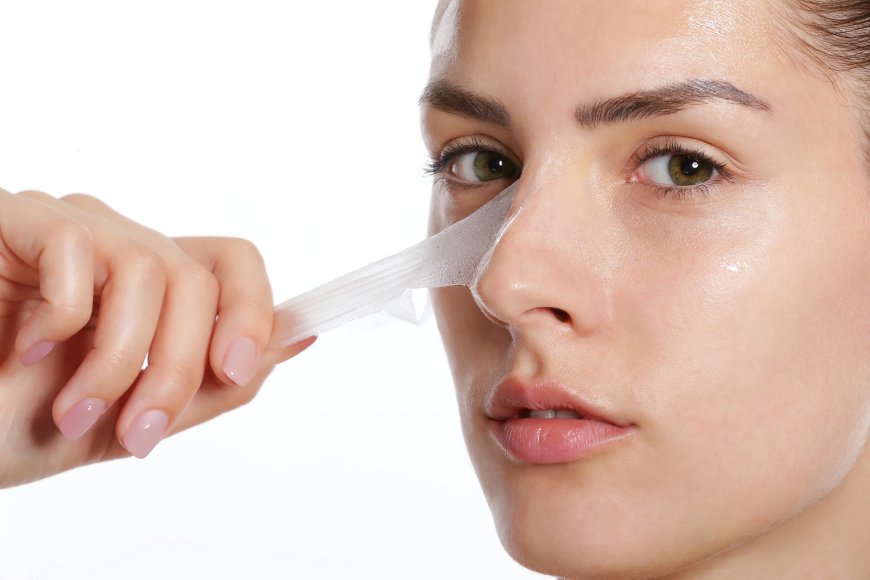Chemical Peels: Beauty from the Inside Out
Wipe away your bothersome skin concerns by having a look on our chemical peels in Dubai! Visit us and get it right away!

In the world of skincare, chemical peels have emerged as a popular treatment option, offering a pathway to rejuvenated and radiant skin. This cosmetic procedure has gained traction for its ability to address various skin concerns, including acne scars, sun damage, and uneven skin tone. With a growing interest in achieving youthful, glowing skin, many individuals are turning to chemical peels as an effective solution. Understanding how these treatments work can empower you to make informed decisions about your skincare regimen.
What Are Chemical Peels?
Chemical Peels in Dubai are skin-resurfacing procedures that utilize specific chemical solutions to exfoliate the outer layers of the skin. The process involves applying a solution to the skin, which causes the top layers to peel away, revealing fresh, new skin underneath. Chemical peels can vary in strength and depth, ranging from superficial to deep peels, depending on the desired results and the skin's condition. Superficial peels primarily target the outermost layer of skin, providing a gentle exfoliation, while deeper peels penetrate more significantly, addressing more pronounced skin issues.
Types of Chemical Peels
There are three main types of chemical peels, each catering to different skin types and concerns:
1. Superficial Peels
Superficial peels are the mildest form of chemical peel, utilizing alpha-hydroxy acids (AHAs) or beta-hydroxy acids (BHAs). These peels are designed to treat minor skin imperfections, such as fine lines, dryness, and mild discoloration. The procedure is relatively quick, often requiring minimal downtime, making it an ideal option for those seeking a gentle refresh.
2. Medium Peels
Medium peels penetrate deeper than superficial peels and typically use trichloroacetic acid (TCA). These peels target more pronounced skin concerns, including moderate wrinkles, sun damage, and uneven skin tone. Patients may experience some discomfort during the procedure, but the results are often more noticeable, leading to smoother and more youthful-looking skin.
3. Deep Peels
Deep peels are the most intensive type of chemical peel, utilizing phenol or higher concentrations of TCA. This type of peel is designed for severe skin issues, such as deep wrinkles, extensive sun damage, and significant scarring. The recovery period for deep peels is longer, as the skin undergoes a more significant transformation. However, the results can be dramatic and long-lasting.
The Chemical Peel Procedure
Before undergoing a chemical peel, a consultation with a qualified dermatologist or skincare professional is essential. During this appointment, the practitioner will assess your skin type, discuss your goals, and recommend the most suitable peel for your needs.
The actual procedure begins with cleansing the skin to remove any makeup, oils, or impurities. The chemical solution is then carefully applied to the targeted areas. Depending on the type of peel, the solution may be left on for a specific amount of time before neutralization. Patients often experience a tingling or burning sensation during the process, which typically subsides shortly after the peel is completed.
After the peel, the skin may appear red or irritated, similar to a mild sunburn. This reaction is normal and can vary in intensity based on the peel's depth. Superficial peels often result in minimal downtime, while medium and deep peels may require a few days to a week for healing.
Post-Peel Care
Proper aftercare is crucial for achieving optimal results following a chemical peel. Here are some essential tips to follow post-procedure:
-
Moisturize: Keeping the skin hydrated is essential for promoting healing. Use a gentle, fragrance-free moisturizer to soothe the skin.
-
Sun Protection: After a peel, the skin is more sensitive to sunlight. Applying broad-spectrum sunscreen with a high SPF is vital to protect the new skin from UV damage.
-
Avoid Harsh Products: For a few weeks after the procedure, avoid using products that contain retinoids, exfoliants, or strong acids, as these can irritate the skin.
-
Stay Hydrated: Drinking plenty of water helps maintain skin hydration and aids in the healing process.
-
Follow-Up Appointments: Schedule follow-up visits with your dermatologist to monitor your skin's progress and discuss any concerns.
Conclusion
Chemical peels offer an effective approach to achieving beautiful, rejuvenated skin. With a range of options available, individuals can choose a peel that aligns with their skin type and desired results. As with any cosmetic treatment, it's essential to consult with a qualified professional to ensure the best outcome. By understanding the process and committing to proper aftercare, you can enjoy the beauty that chemical peels can bring from the inside out.
